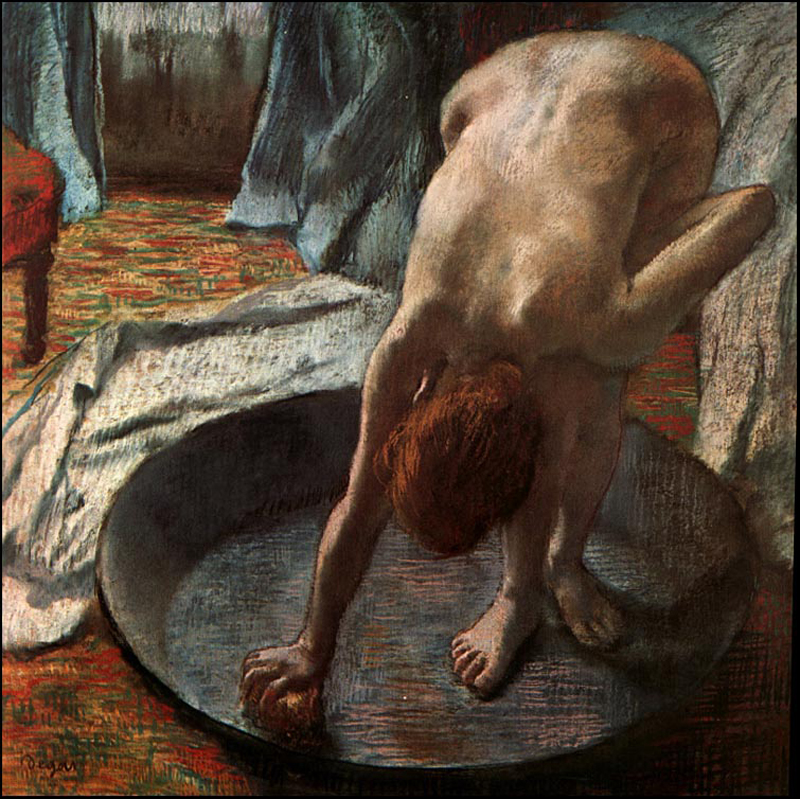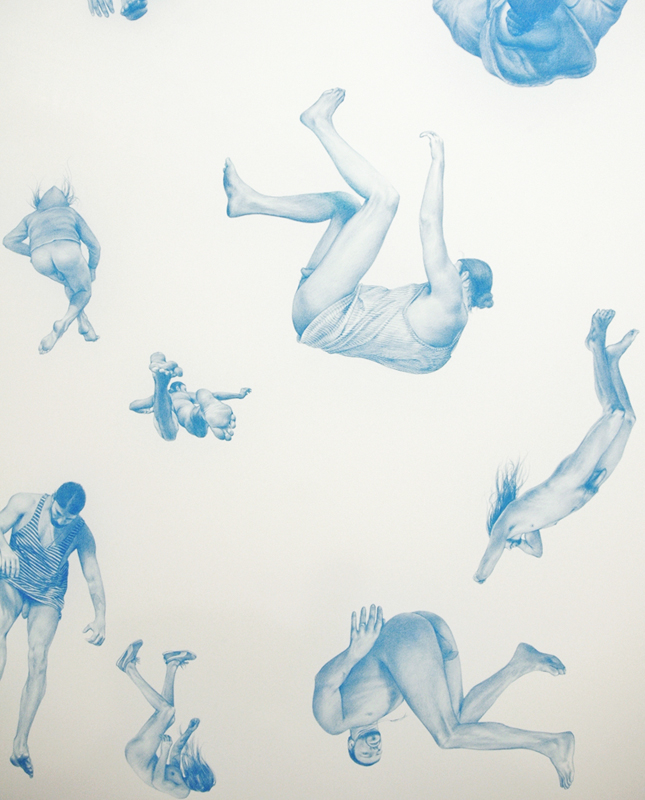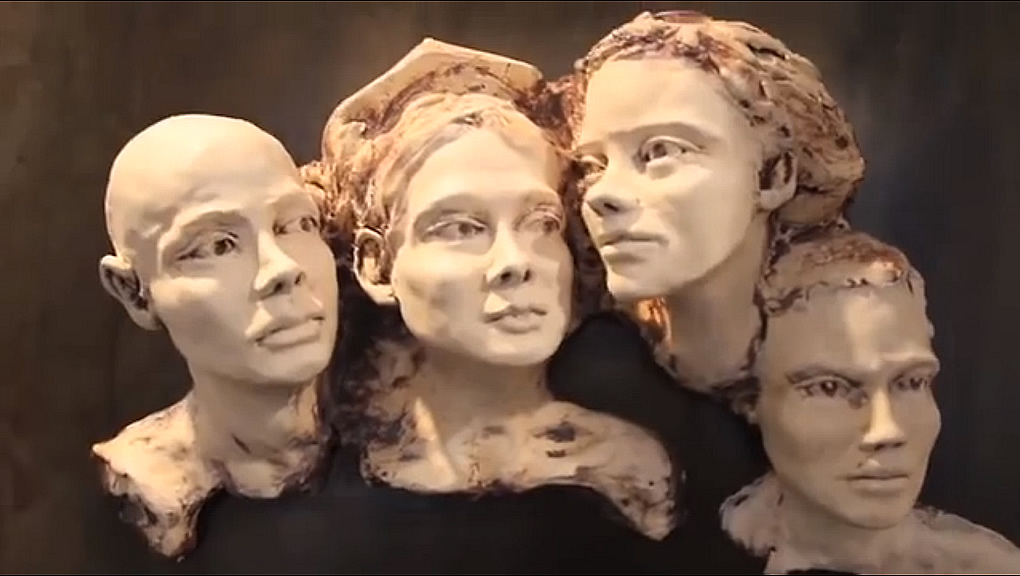Edgar Degas
at the Museum of Fine Arts Boston
Oct 9, 2011 – Feb 5, 2012
The imagery that first comes to mind when you hear the name Degas is familiar to everyone of course. Ballerinas, ballerinas and of course young ballerinas – most of whom are disturbingly pubescent. It’s refreshing then that the Museum of Fine Arts Boston has launched this interesting and comprehensive take on the artist which focuses not one iota on ballerinas but on his study of the nude. A collaboration between the museum with the Musee d’Orsay in Paris who contributed about a third of the works on view. Exhibiting about 140 works on canvas and pastels and monotypes, Museum Fine Arts Boston is also showing 20 more works by his contemporaries and those who greatly influenced him.
This focus on Degas’ grittier and earlier side is refreshing to be sure, and closer to the feel of flesh. Some of his studies seem to reference the unflinching realism of Gustave Courbet such as an early academic male nude (although I have no evidence that he was an influence on his work.) It was the no frills style of his later bathing nudes which gained him admiration from some and criticism of “dumpiness” from others.
Degas seemed to borrow poses from his early historical paintings which can be seen from one of the more interesting works in the exhibit, ‘Scene of War in the Middle Ages’. Painted in 1863, the group of nude women on the left anticipate his bather series decades later. The woman farthest left could as easily be drying herself as turning away from her aggressor – the same to be said for the redhead on the right. Red hair and ample bottoms were two of his favorite staples even as he was famously celibate throughout his life.
In another piece from 1860 ‘Young Spartans Exercising’ the sexual tension is palpable as a group of semi nude girls approach five naked teenage boys. One of the girls, there’s always going to be a randy one, is being held back by one of her companions – maybe an early lesson in self restraint. This makes for an interesting composition of going backward and forward at the same time and the mountain in the background echoes the first boy’s stretching pose.
A sketch draft of four bathers by what is presumably a pond seems like a transition from his historical imaginings and his singular women at the toilette. It was during the 1870’s that he began a surprising series of monographs focused on the inner power dynamics of the brothel. While it’s a societal presumption that the man is in charge as the paying customer, Degas makes it very clear that this is the woman’s world and they are very much the controlling factor here. Much has been made in other reviews of this fact as encapsulated by the piece ‘The Serious Client’. Judging by his face and body language I would conclude that his “seriousness” is masking a racing heart worrying if he can indeed be up for this encounter! There is little to be found in these works on paper which can be said to be even remotely sexy, just business as usual. Later on Picasso acquired several of these and made his own drawings and prints based upon them. The late Lucien Freud probably described his work most succinctly: “You might say that Degas’ people were more naked than nude – that he was making portraits of naked people.” High praise from a painter such as Freud.
Besides his dancers, Degas was best known for his “keyhole paintings” of bathers. In these he was signaling a death knell for the idealized nude or the nude as portrayed in mythologically-themed artworks of the past. His pastels of women in bedroom and bathroom settings, while they clean themselves. Bodies which were more often than not, plump and ungainly. But these were women at ease with their nakedness, not facing the viewer, but more typically just an average moment in an average day. “If you’re going to continue to depict the nude without going back to classical motifs, you need an activity that requires the subject to be unclothed. What better one than taking a bath?” says co-curator George T.M. Shackelford.
This voyeuristic series of nudes confused Degas’ critics because of their casual intimacy and everyday settings. In every one of these nudes which were exhibited in the eighth Impressionist Exhibition of 1886, the model’s head is either turned away or obscured, giving the effect that she had no idea that she was being watched. I always find it interesting to examine the views of past eras in what was considered morally questionable or explicitely anti-social behavior. To our contemporary mind, there is nothing remotely disturbing in his work, especially when considering his bathers. To critics of his time, nudity was fashionable mainly in the form of history painting or mythological interpretations. Portraying the model unadorned was surprisingly unsettling, an art world equivalent of pulling the rug out from under the normal ways of depicting the nude femal! Degas wanted to paint the world as it was, putting it simply “I want to look through the keyhole… you can look at people. We were created to look at one another, weren’t we?”
Yes. Thank you Edgar, that’s the whole point.
























